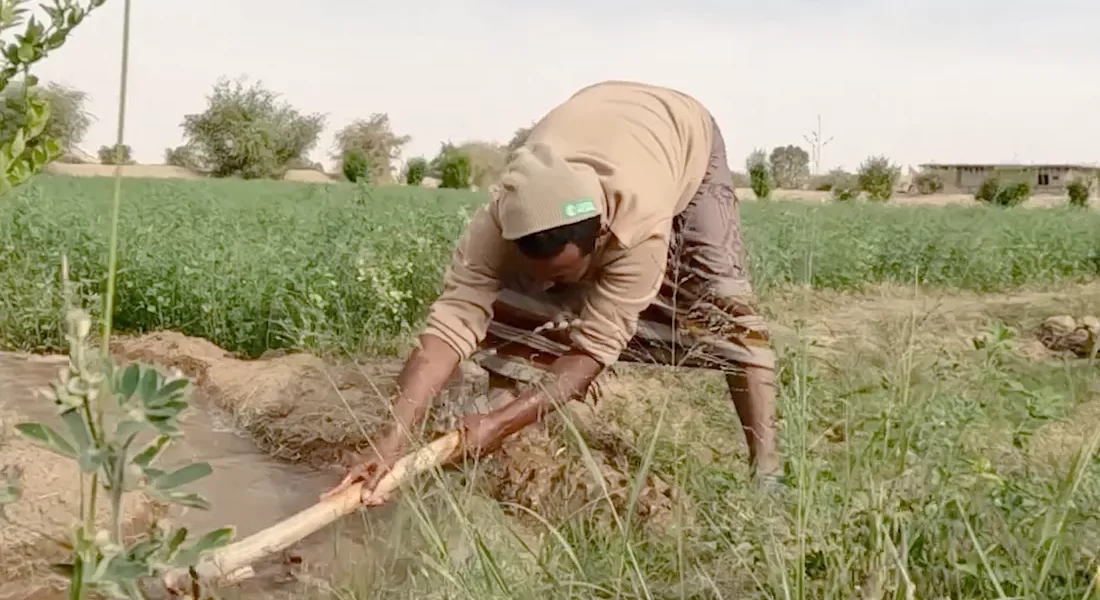Yemen has been ravaged by war for the past eight years, and while the violence has killed, injured and displaced millions, Yemenis are now also facing the prospect of running out of usable water.
Hussein Saleh Mubarak, who hails from the village of Dar Al-Mansar in Usaylan Directorate, said his village had suffered during the war “from planting lots of landmines in most of the roads and farms”.
Adding to the existing water scarcity issue — 17.8 million people lack access to safe water and sanitation according to the United Nations Office for the Coordination of Humanitarian Affairs (OCHA) in Yemen — Houthi militias also planted landmines and explosive devices in vital water wells.
“Drinking and agricultural water wells were rigged with mines during the war, but when [humanitarian landmine clearance] Project Masam came, they did what was necessary and cleared these wells,” Mubarak explained.
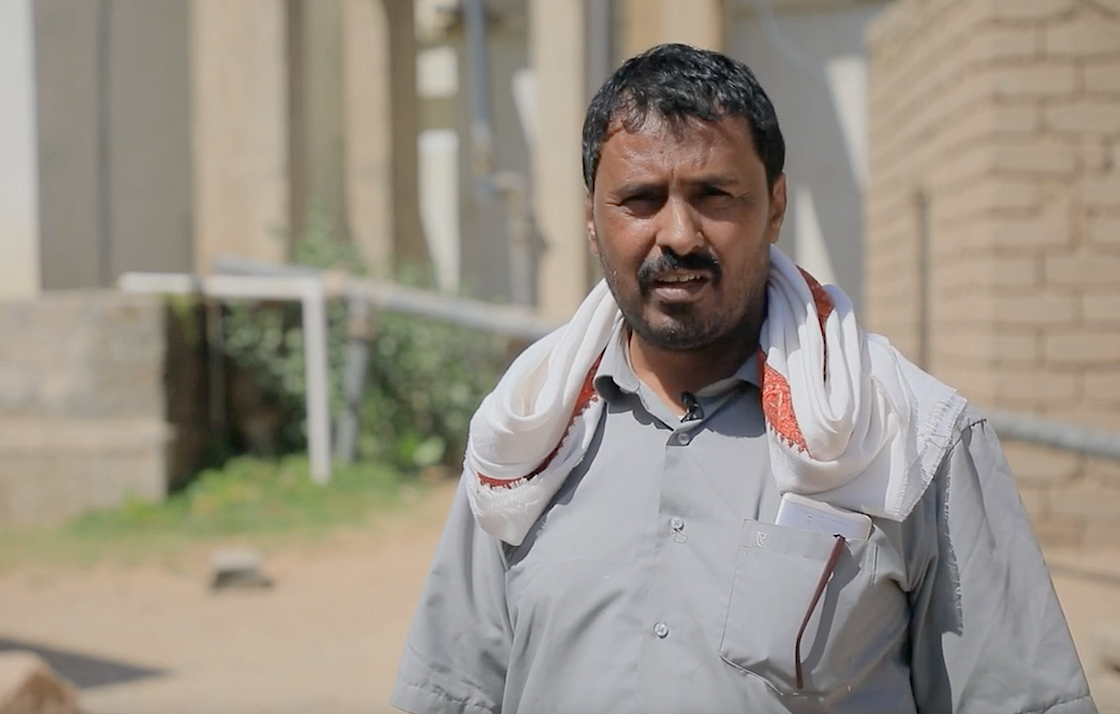
Targeting civilians’ access to safe water
Landmines in Dar Al-Mansar village’s water wells was not an isolated incident. Indeed, there has been an increasing number of cases where anti-tank mines, banned anti-personnel mines and improvised explosive devices (IEDs) have been placed around and in wells and water storage facilities, or in tracks stretching to these water sources.
“Through experience in war-torn countries, we know that water resources are often seen as a target to affect the community and opposing forces within a specific area,” said Gus Maartens, Masam’s Project Manager, highlighting how this undermines the population’s health by destroying food security as well as access to safe water.
“It affects the locals’ quality of life as they and their animals are totally dependent on the subterranean water present in the wells of Yemen.”
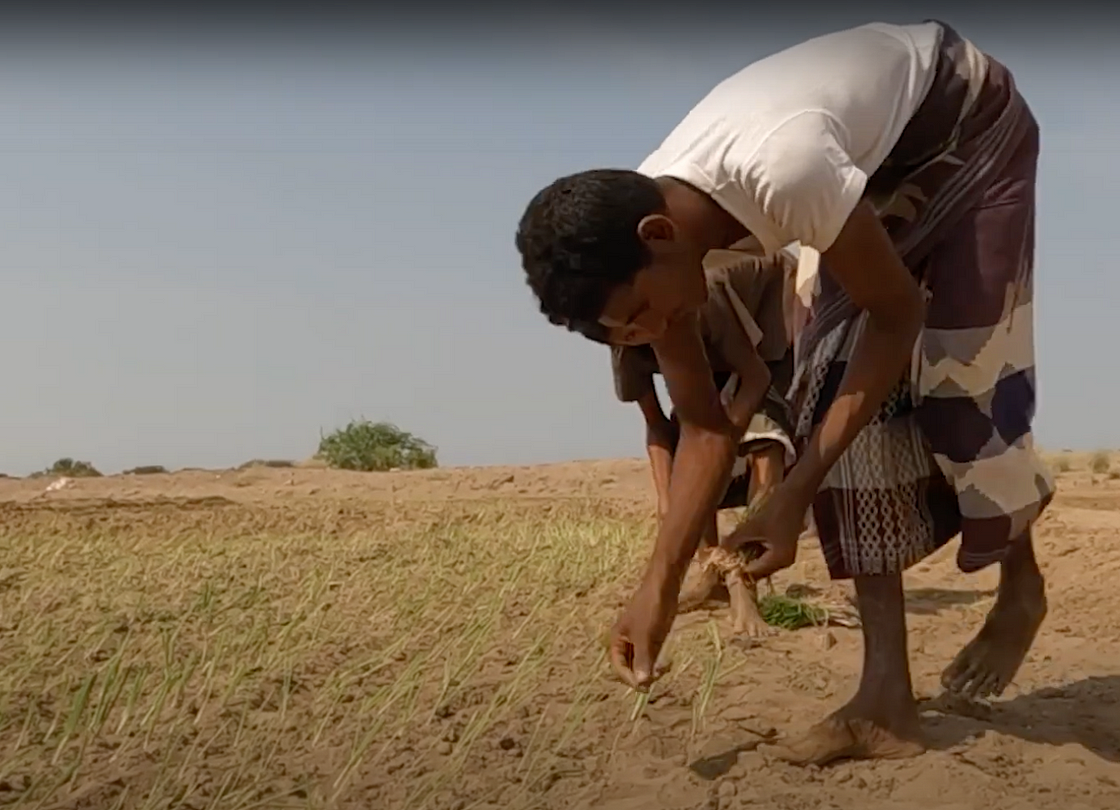
The Houthis insurgency has targeted the outer perimeter of and approach routes to the wells and reservoirs, thus preventing local and Coalition Forces to access the source.
A Masam IED Threat Officer explained: “It seems to be just another way of targeting returning populations of people that had been displaced when the Houthis took control of their homelands and are making it harder for them to make a return to normalcy.”
The leader of demining Team 23, Abdo Ibrahim, highlighted: “It is no secret to anyone that mines planted in most places are mainly affecting helpless civilians.
“These mines are planted in everything vital to the civilians including water sources that are the main source of people’s lives whether for drinking, watering their livestock or irrigating their crops.”
Without the ability to collect vital water, provide for their livestock or irrigate agricultural fields, tens of thousands of civilians are forced into displacement in a country where agriculture is the lifeblood of the economy and its culture.
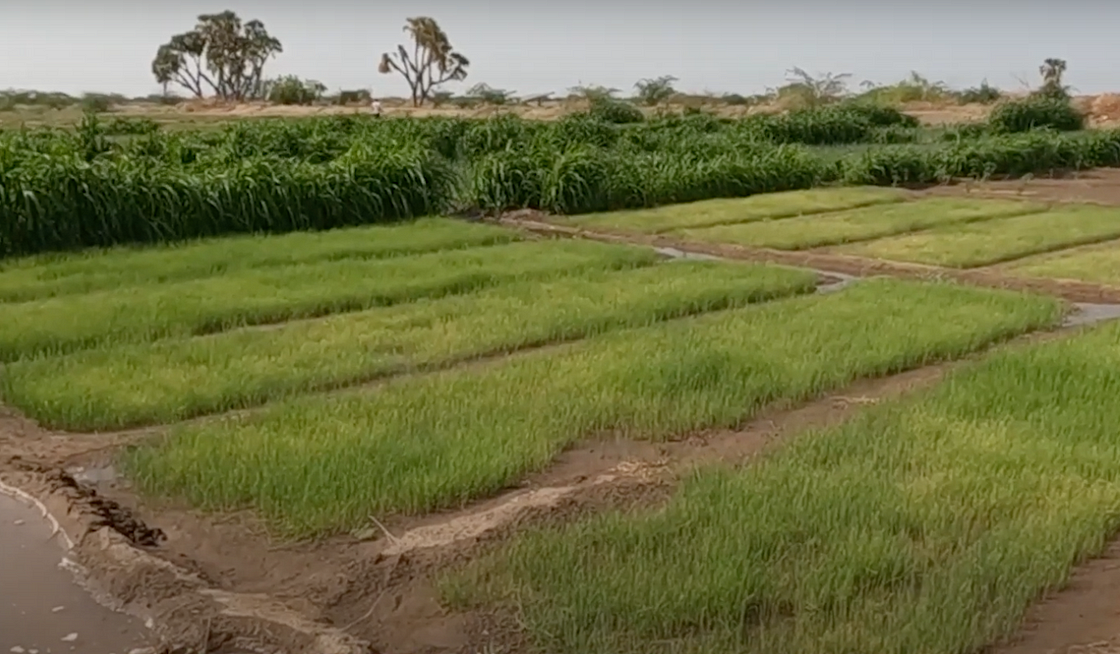
A widespread issue
Al-Anin, Al-Sharaj and Taisha areas in Jabal Habashi district; Harhan and Al-Shaqab areas in Sabr Al-Mawadim Directorate; Al-Damin area in Taiz Directorate: all witnessed the displacement of many of their residents due to the presence of landmines in water wells.
In Al-Afir area in Jabal Habashi, civilians were forced to flee the area after a water tank exploded — it was later discovered that a landmine had been planted next to the water source, according to Aref Al-Qahtani, Project Masam’s Teams Supervisor in Taiz.
Ahmed Al-Radfani, Leader of Team 18 who operates out of Qataba in Al Dhale Governorate in southern Yemen, meanwhile, said that his team received an emergency report after it became apparent that the roads leading to the water wells were mined.
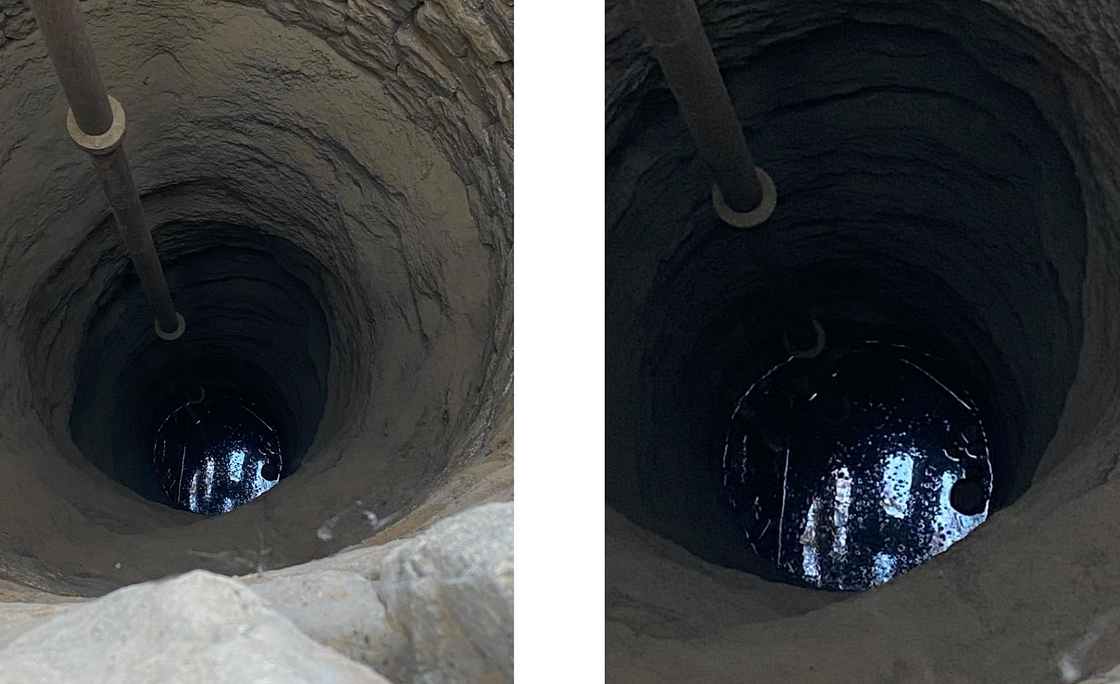
“Water tanks near the houses were also mined […]. As for the displacement of the villagers, they were displaced because of the war and the mines planted by the Houthi militia in their homes and farms,” Al-Radfani said.
It is the same story in Hays, one of Yemen’s most landmine contaminated areas.
Leader of demining Team 25, Ayman Salih Shaief Jawas, whose team clears land in Al Hodeidah, confirmed, “the mines planted by the Houthis in many areas and villages were and still are the main reason for their [civilians’] displacement from their homes and for them leaving their farms – wells and homes are abandoned”.
Toxic contamination
Even after they have been removed and cleared, landmines continue to have an impact on civilians’ health, environment and livelihoods.
“Agricultural soil and animals are destroyed by chemicals leaking from the landmines, and the most affected areas that have been visited by Masam teams are the district of Hays and its neighbouring villages,” Jawas explained.
There are a variety of chemical precursors used in landmines such as hazardous heavy metals, and so there may be a variety of effects on the immediate terrestrial ecosystem.
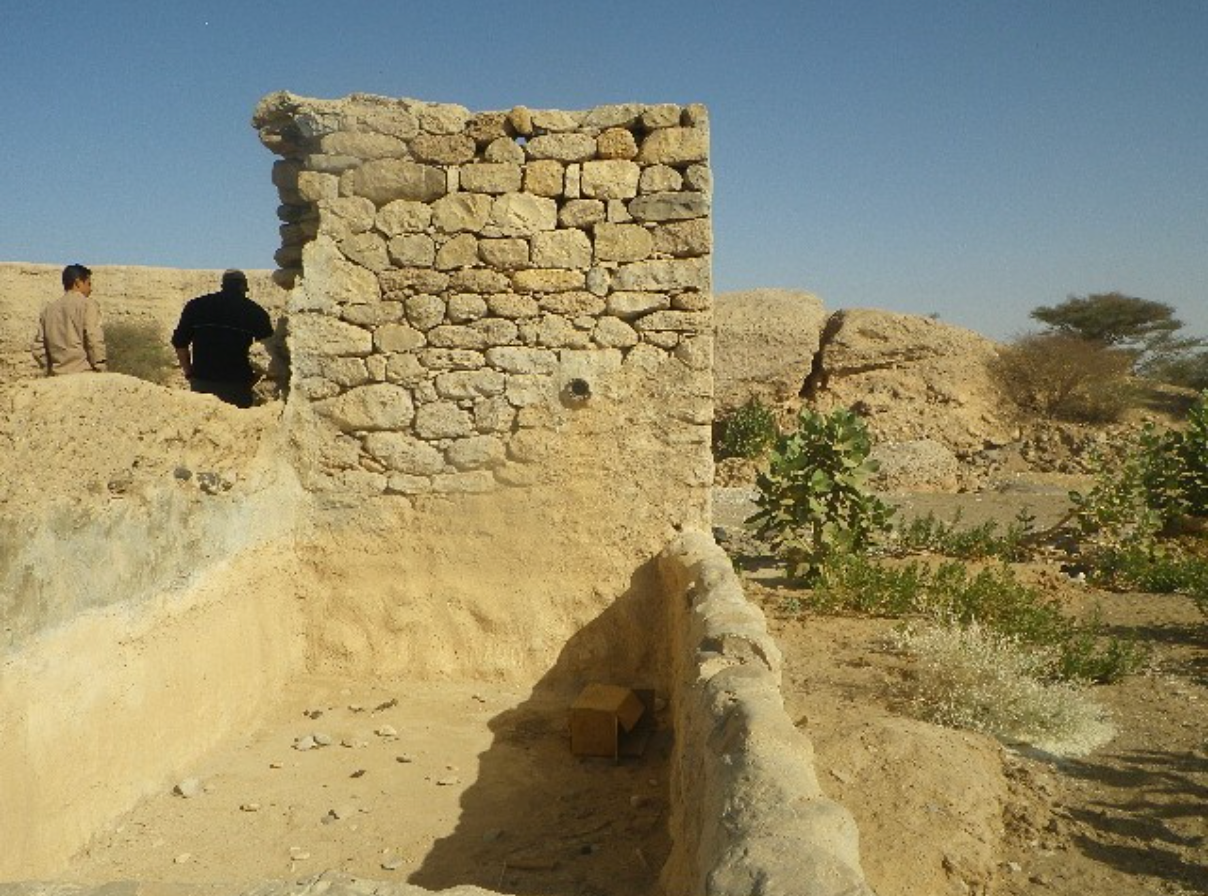
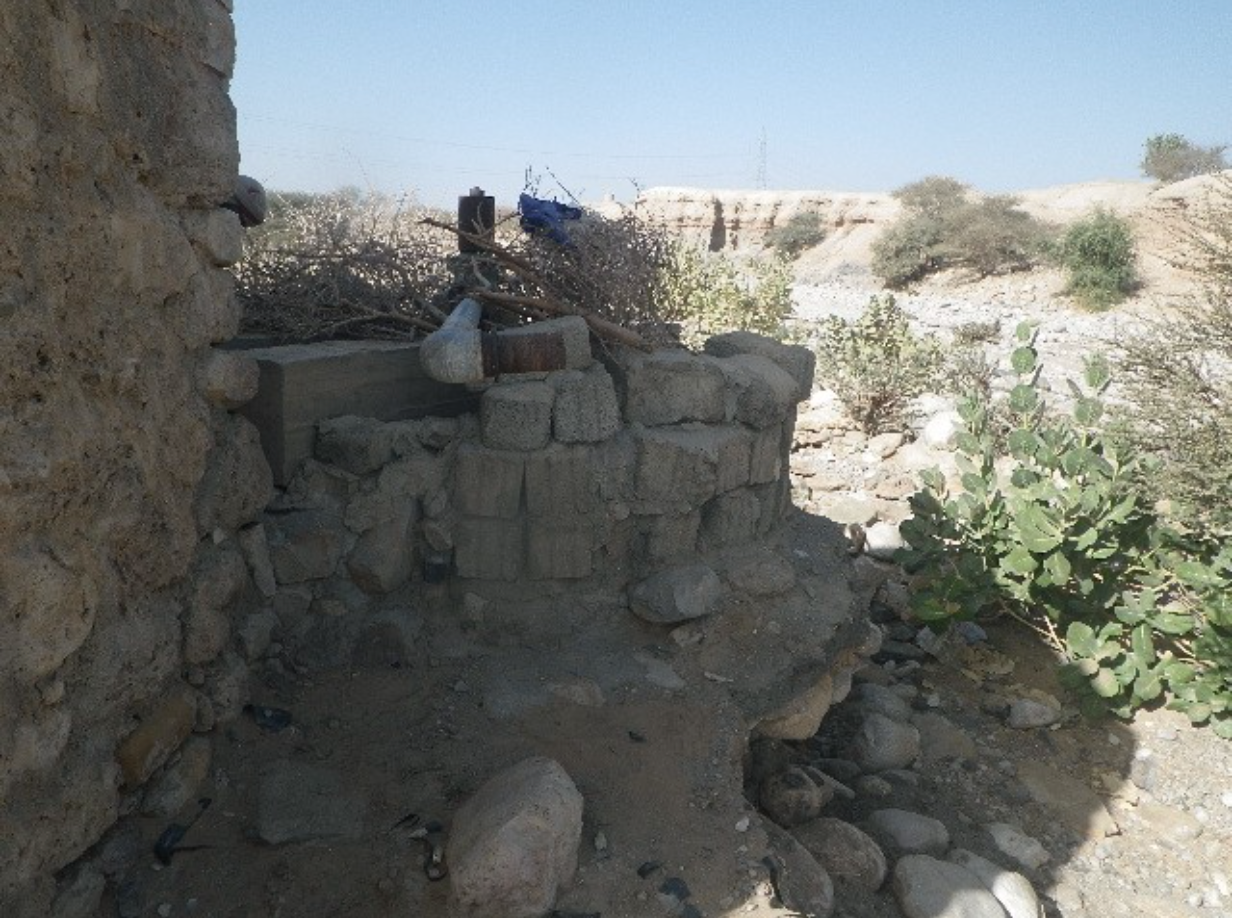
Depending on its condition, a remnant of war (ERW) may contaminate the water and soil for long periods, by leaching into the well water, which may in turn decimate the ecosystem.
“Conventional landmines are much more resistant to corrosion and so mostly should not affect their surroundings, in an environmental sense,” the IED Threat Officer said.
Houthi-made explosives (not traditional landmines), however, will leach out of anti-tank mines once the case corrodes sufficiently.
“This happens quickly in some areas,” the officer said.
“I have not seen evidence of vegetation dying, but I would assume this happens if the concentration is high enough (even for fertilizer-based homemade explosives).”
The chemicals are mostly water soluble and so the concentration will reduce during the wetter periods, which could have a wider but far reduced affect.
Coastal areas receive 80 per cent of the annual rainfall during the winter months while the Highlands receive theirs in two distinct seasons, during Saif (April and May) and Kharif (July to September) which is when civilian water wells gather rainwater to support them.
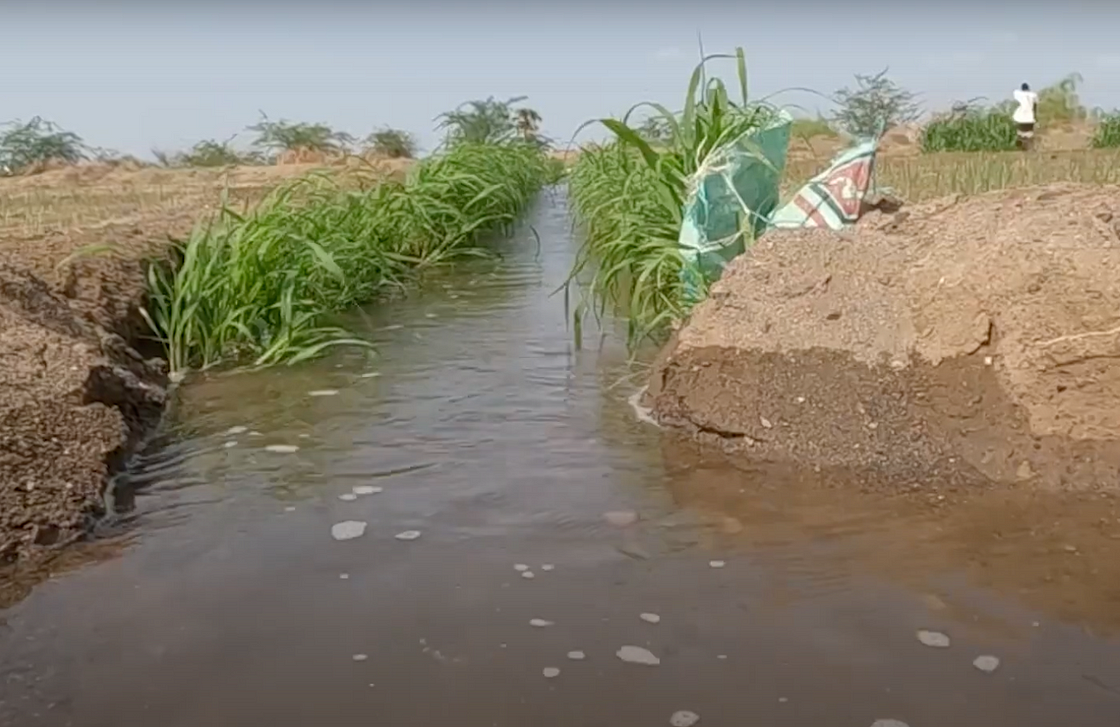
Extraction
On 15 January 2020, Masam was approached to do a reconnaissance of a water well that was unusable since it had been contaminated with explosive ordnance. People from the village of Al Jeda’an claimed Houthi forces dumped explosive ordnance down the well.
During a visit to the site on 16 January an assessment was conducted and it was discovered that unexploded ordnance (UXO), IEDs and landmines had been thrown into the 2m-diametre well. No one knew whether any item had been rendered safe before thrown into the well.
“Water resources are vital to any community and the community in Al Jeda’an [was] unable to use the water from the well out of fear for the explosive hazards as well as the uncertainty of the potential toxicity of the water due to the explosive chemicals in the water source,” Maartens said about the case.
The community was forced to cover a great distance to provide for their water needs, as constructing a new well in the vicinity would only deal with one of the above issues and would not necessarily deal with the contamination of the underground water source.
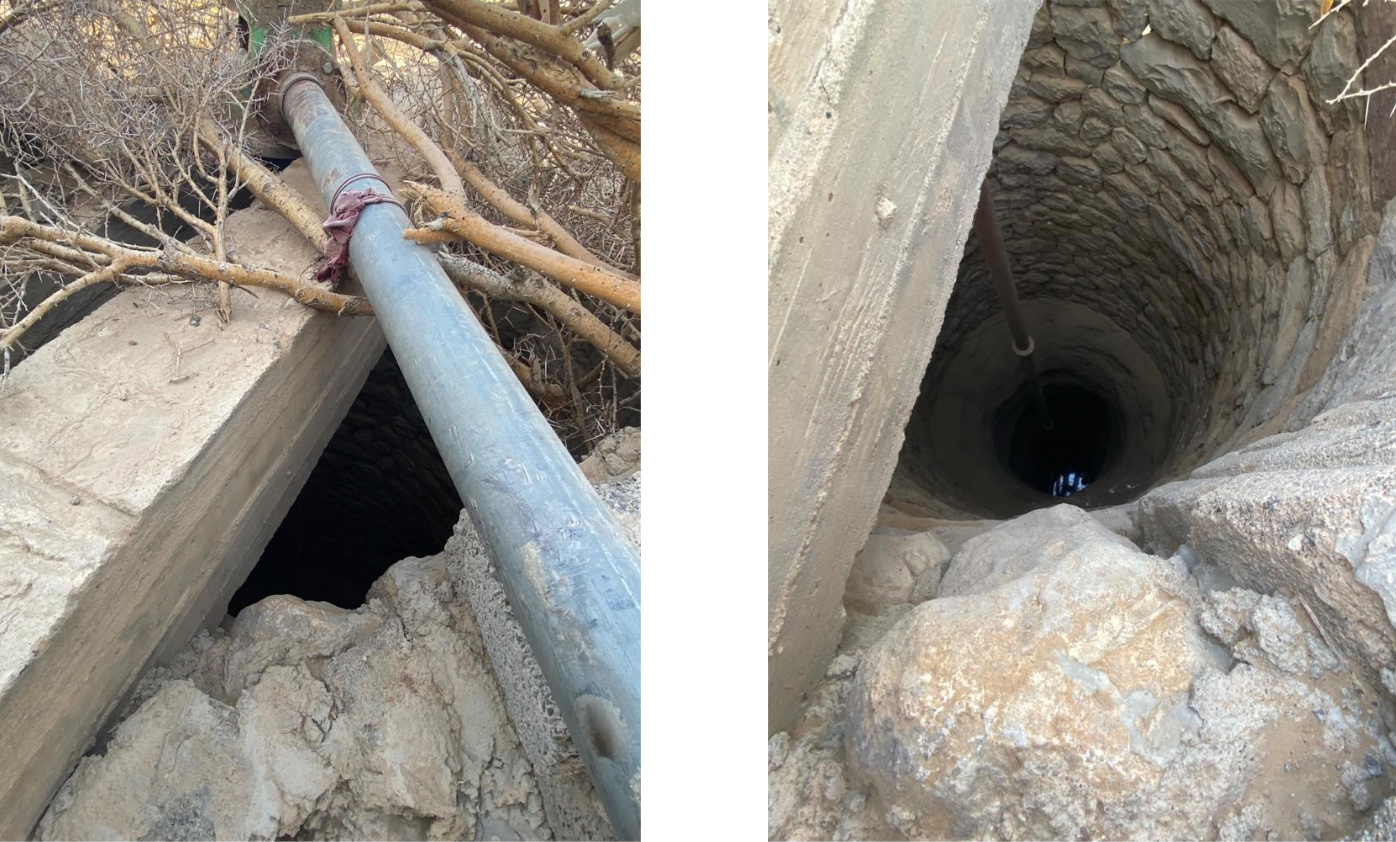

The well construction appeared to be solid, and no structural damage was visible from the top of the well. Because of the location and lack of visibility, procedures differed from clearing landmines in the ground.
This time, the Masam Team used a rope with a stone as weight to gain additional information on the dimensions of the well. Knots were made at key intervals and these lengths were then measured to gain additional insight.
The team recorded an expected total depth of 31m — 12.5m from the top of the well to the water level and 18.5 from the water level to the top of the sedimentation at the bottom of the pit. It was also assumed that the items contaminating the well were located at this depth — and thus covered by 58 tones of water.
Expert teams then needed to establish whether the well was a tubular or cavernous type and use a Go-Pro camera affixed to a line to carry out an underwater reconnaissance before any other action was undertaken.
If the threats were confirmed, the teams had a choice: to blow-up the explosive threats in situ, or use a hook and line, and to demolish all items recovered.
‘Lack of knowledge’
In other cases, Project Masam has found evidence of civilians throwing ERW or UXO away in water wells after finding these items.
“In Sector South, one such example was encountered by the [demining] teams and according to Yemen Executive Mine Action Centre (YEMAC) the local inhabitants threw the ERW into the well due to lack of knowledge,” Maartens explained.
Project Masam’s team leaders and team members have been instructed to cover this during Mine Risk Education sessions with all villagers and school children.
Local communities are told no ERW or UXO should be handled or thrown into a water well — this would prevent explosions and the danger of contamination, as well as reduce risk for landmine clearance teams retrieving these items.
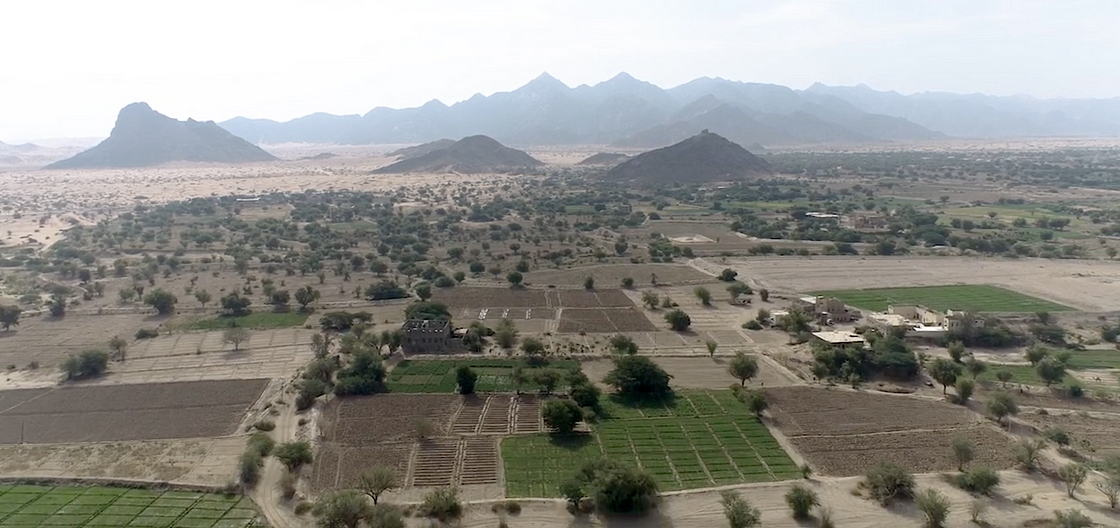
Al-Gharafi, one of Project Masam’s largest project this year, was carried out in Al-Ghaiber Al-Safalia in Mawza district in western Yemen and consisted in the clearance of more than 18 water wells that were contaminated by landmines.
Vital water sources in the Dhubab district, the Al-Safalia wells are a water basin that also serves villages in Mawza and Mocha as well as neighbouring areas.
Eight farms located on the outskirts of these wells were also secured. After removing mines, farmers were able to re-irrigate and cultivate their land again, and civilians could access much needed safe water.

Leader of demining Team 23, Engineer Abdo Ibrahim, described the stark difference between the moment farmland was newly liberated, and when farmers were able to cultivate their fields again following Masam’s clearance operations in the area — rendering Mawza green again.
Once a country that was largely agriculture-dependent, war-torn Yemen now faces contaminated water wells and environment, climate change and erosion.
Until landmine planting stops and landmine clearance teams are allowed to carry out their essential work safely across the country, Yemenis will continue to go thirsty.
This article was first published by Medium.

